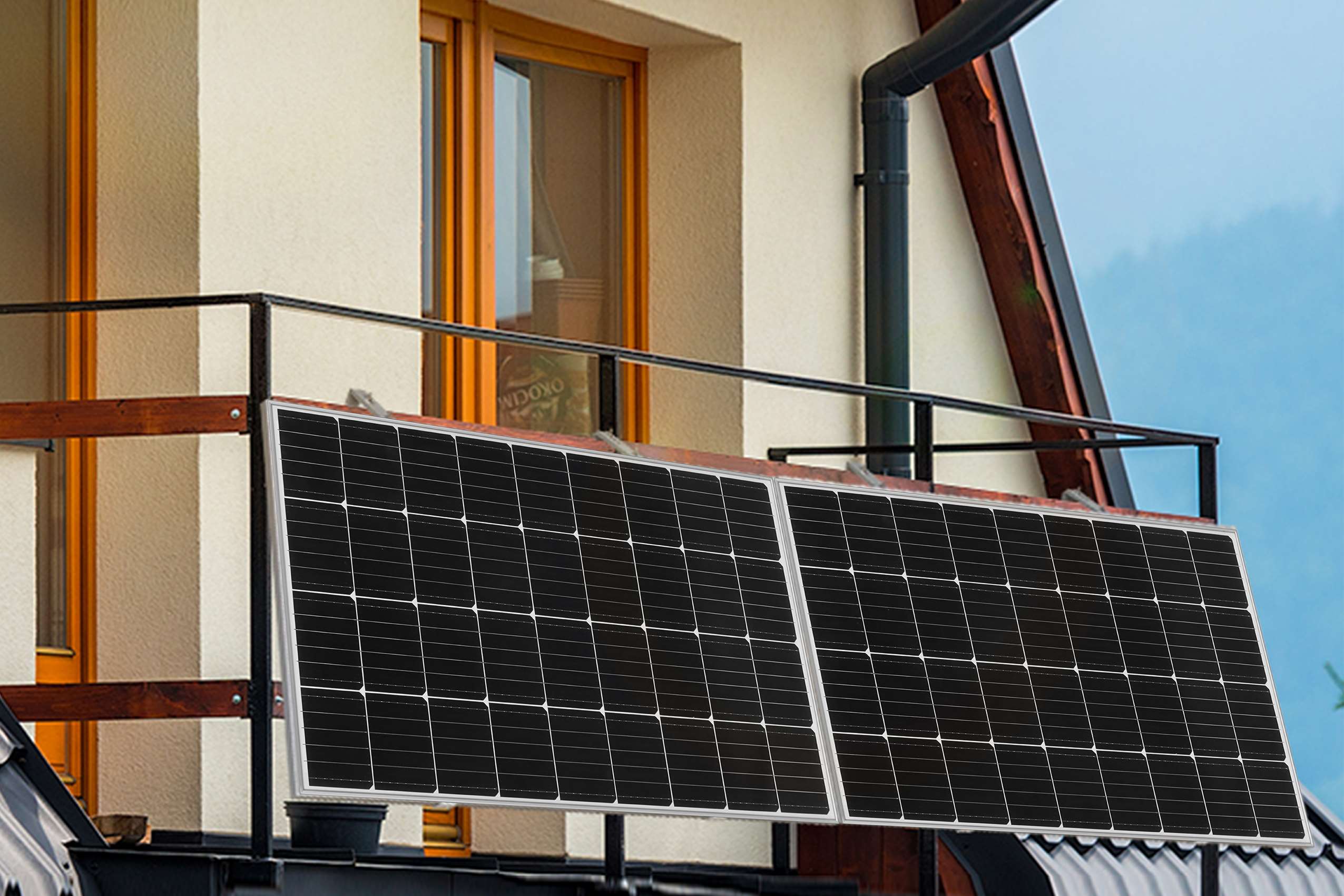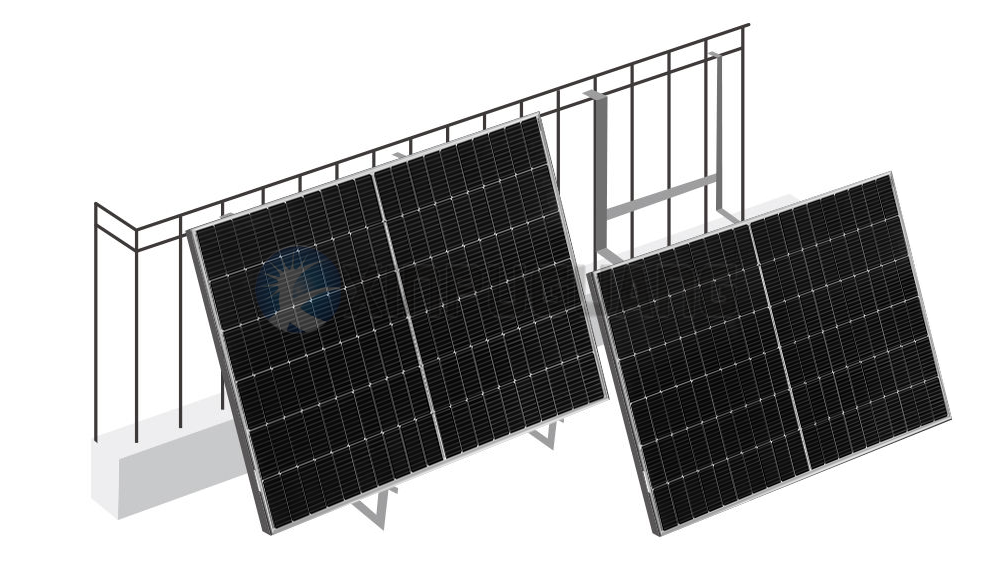
What is a balcony solar system?
By now you probably know that rooftop or ground-mounted solar installations are used for houses that have a suitable (lots of sun, little shade) roof or garden space.
But what if you don’t have a garden or a roof that you can use?
Well, you don’t need to miss out on solar power just because you don’t live in a traditional house. If you live in an apartment and you still want to have your own solar power supply, then a balcony solar system is an ideal alternative.
Balcony solar systems, otherwise known as mini solar systems, are compact and efficient solutions for harnessing the power of the sun to generate your own supply of electricity.
Over the last few years, balcony systems have grown in popularity, mostly due to their accessibility and ease of installation. In most cases, all that’s involved in a balcony system installation is clipping it onto the balcony railings and plugging it in!
Why you need a balcony solar system
Firstly, balcony solar systems are incredibly easy to install compared to some traditional solar panel systems, which often have lots of complicated wiring paths to connect to.
Also known as a plug-in solar system, a balcony system can directly connect to your home circuit simply by plugging into a socket. These sockets, commonly known as Schuko plugs and outlets in Europe, open up a new world of possibilities for property owners.
Users can simply plug their balcony solar system into a wall outlet and begin producing electricity, with no need for an expensive professional panel design and assessment. Meaning that complex installations are a thing of the past for those who invest in plug-in solar devices.
As well as this, balcony solar systems are just as easy to unplug and take with you when you move home — saving even more time and money on new panels every time you wish to move on.
What components do you need in your balcony solar system?
There are four key components that are necessary for the safe and effective running of your balcony solar system. Every piece of equipment is equally as important as the next, each serving a critical role in the production of energy for your home. The crucial components of every balcony solar PV system are made up of:
Solar panels: Naturally, the solar panels are the stars of the show. These are the panels that will absorb light from the sun and convert it into DC energy, which then passes through to the microinverter to be converted again. This energy can also be stored in a battery ready for use later, when the sun is no longer shining.
Mounting rack: The mounting rack is the framework that helps to fix your solar panels on your balcony safely – ensuring that there’s no wriggle room when mounting your balcony solar system is critical. It’s designed to be sturdy and long lasting, so that your PV system can continue generating electricity for years to come, without the need to replace parts.
Microinverter: This is the component that brings the magic right into your home. The microinverter converts the DC electricity that is produced by the solar panels into AC electricity, ready for use in the household. What’s most impressive about our microinverter is that it tracks the maximum power point (MPP) of each solar panel so that each of your solar panels always works at its optimum level — thereby maximizing your solar harvest.
Mains power cable: The mains power cable enables you to plug your system into a socket and connect it to your home circuit. This component is unique to balcony solar PV systems, which are plug-in-and-play appliances, unlike their traditional solar system counterparts. It means that users can simply insert the plug into an available and aptly placed socket in their home and begin generating electricity — it really is that simple.
The specific number of components and the size of the solar system will depend on the needs of the user, and how much energy they wish to produce.
However, these are the standard items you should expect to need for a fully functioning balcony solar PV system. Larger systems with multiple solar panels may need more microinverters than a smaller system with just one or two panels.
Another factor to consider is the space available to house the solar PV system. If you’re installing your system on a balcony, it’s expected that you may only need one or two panels to form your entire system.
For more information, please follow XINPUGUANG official website:
Facebook: Xinpuguang Solar Panel Instagram: xinpuguangsolar
Pinterest: XinpuguangSolarPanels
Homepage: https://xinpuguangsolar.com
Email address: Philip@isolarparts.com
- 選択範囲を選択すると、ページ全体が更新されます。

